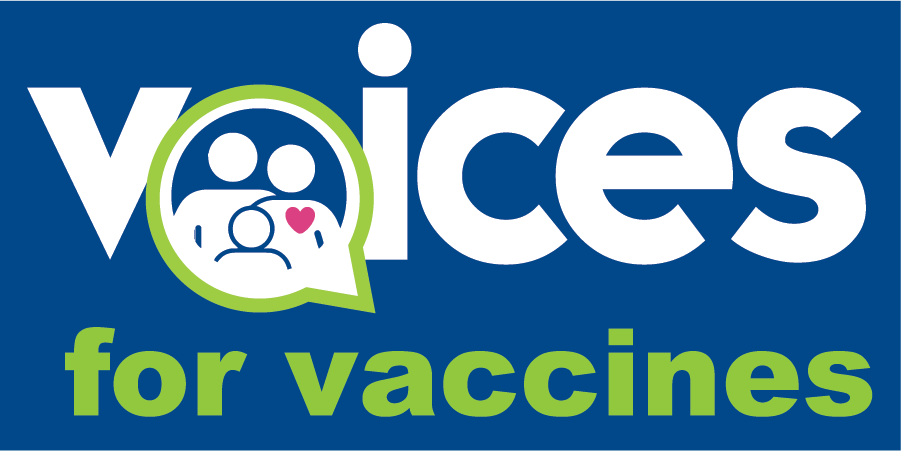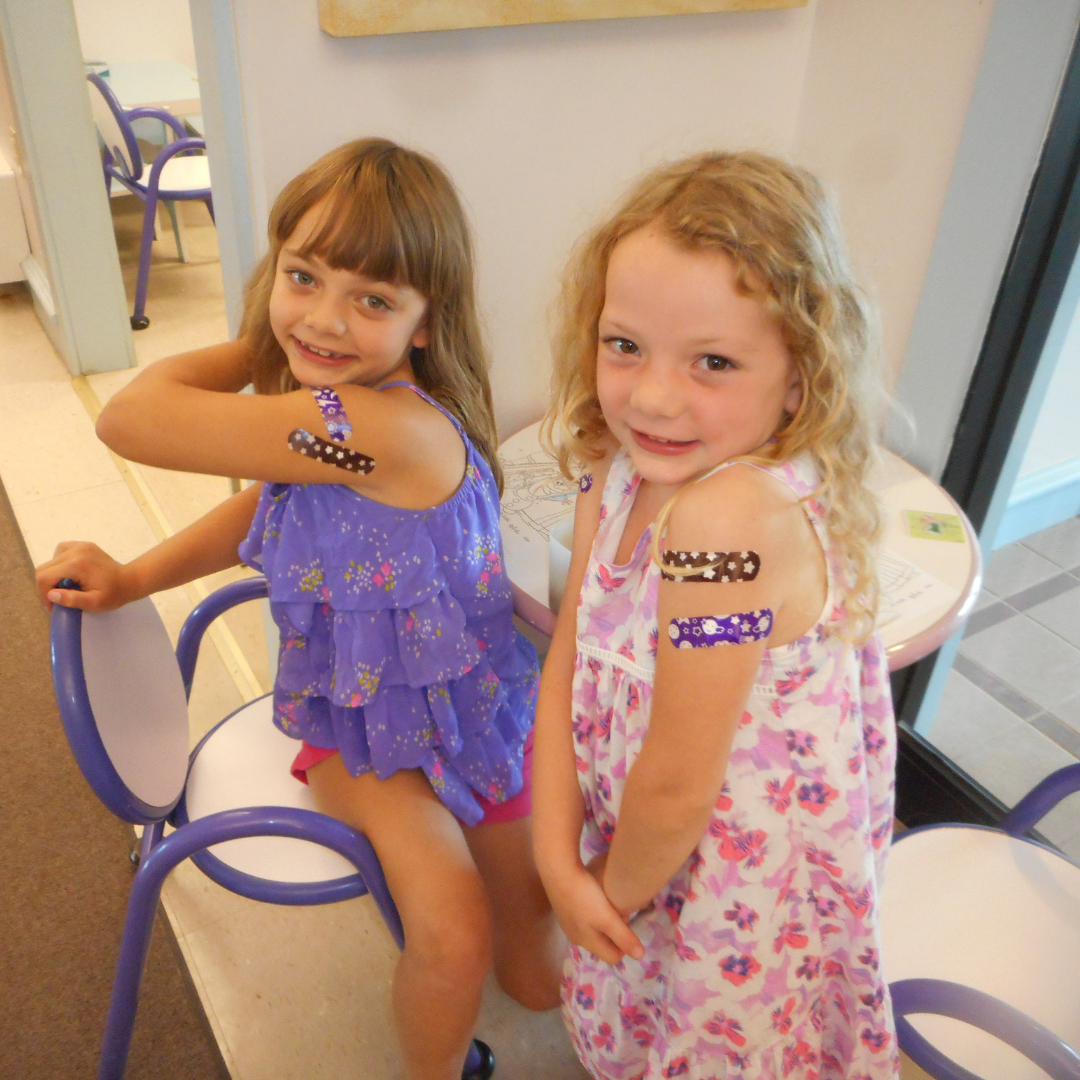 My second favorite** part of being a pediatrician is talking with parents about the best ways to keep their kids safe. I spend a lot of time discussing safe sleep habits, or how long to keep their child rear-facing in their car seat (at least two!), or wearing helmets when they are riding bikes and skateboards, etc. These things are easy for me to remember at every well child visit because I’ve seen firsthand what these recommendations can prevent. As a resident working in a pediatric emergency room, I saw too many heartbreaking outcomes that might have been prevented—and they are permanently imprinted into my thoughts.
My second favorite** part of being a pediatrician is talking with parents about the best ways to keep their kids safe. I spend a lot of time discussing safe sleep habits, or how long to keep their child rear-facing in their car seat (at least two!), or wearing helmets when they are riding bikes and skateboards, etc. These things are easy for me to remember at every well child visit because I’ve seen firsthand what these recommendations can prevent. As a resident working in a pediatric emergency room, I saw too many heartbreaking outcomes that might have been prevented—and they are permanently imprinted into my thoughts.
Similarly, it’s generally easy for me to tell parents about the importance of routine immunizations. Seeing an unvaccinated infant with whooping cough struggle for breath in the intensive care unit will keep one from forgetting the importance of the DTaP. So will resuscitating a child whose lungs are filling up with fluid due to influenza, or seeing the devastating appearance of pneumococcal meningitis on an MRI. After witnessing these things, I would never want to be the doctor who lost a patient to something so easily preventable.
What I don’t see as a pediatrician, on the other hand, is cervical cancer. Although pediatricians may care for patients into young adulthood, most cervical cancers occur quite a bit later, after age thirty. So, it might seem strange that I’m doing a blog post for Cervical Health Awareness Month, but hear me out.
Although cervical cancer isn’t in the forefront of my mind when I see a teen for her well visit, the reality of cervical cancer is as bleak as these other preventable illnesses — it just happens later in life. Even in a country like the United States, where we have good availability of pap screening and strong evidence-based screening recommendations, 12,000 women will develop cervical cancer and 4,000 women will die from it every year. These cancers are virtually always caused by Human papillomavirus (HPV), for which we have a vaccine. HPV vaccines prevent the types of virus that cause around 70% of all cervical cancers. This is huge.
Sadly, we’re not preventing as much cancer as we could. Vaccination rates are poor in the United States, and the CDC estimates that for every year vaccination rates stay this low, 4,400 preventable cases of cervical cancer and 1,400 preventable deaths will occur. Doctors, parents, and patients shouldn’t be comfortable with that number. We should be moved to action.
Yet it seems we are not moved enough. Although we might hear a lot about parents refusing the vaccine because of stories they’ve heard or questionable websites they’ve visited (and, let’s be clear, these websites are wrong and HPV vaccines are extremely safe), the flip side of the coin is that medical providers may be bear more of the responsibility for poor HPV vaccination rates than might be immediately apparent. The 2012 National Immunization Survey indicates that one of the main reasons teens don’t get an HPV vaccination is a lack of a strong provider recommendation.
Why is this? Well, a review of the literature published just weeks ago in JAMA Pediatrics found “knowledge gaps” on the part of health care professionals regarding the range of dangers of HPV, as well as expressing a preference to vaccinate older rather than younger adolescents. The reality is that HPV causes a number of cancers, including head and neck cancers, and vaccination is recommended starting at age 11-12 because antibody titers are higher in younger age groups and the vaccine needs to be administered well before HPV exposure is likely, to get the full benefit. These facts simply aren’t being well communicated to medical providers, much less parents.
The review also found that although providers rarely had safety concerns about the vaccine themselves, they felt that the decision to vaccinate was “beyond their control and cited parental attitudes and concerns as a barrier,” while, ironically, the parental data indicated that physician recommendation was positively associated with vaccine acceptance.
What we have here is, to further overuse a movie quote, failure to communicate. And in this situation, a failure to communicate results in a failure to vaccinate, which may lead to a preventable cancer.
Clearly, we have a gap that needs bridging. Parents and providers must realize that although cervical cancer seems like a distant concern in a teen’s life, the time to prevent it is now. While we work on spreading the news to physicians that HPV vaccine is as important as helmets, car seats, safe sleep, and other vaccinations, it may be up to you to let your physician know that you are aware of the importance of the HPV vaccine and want to talk about protecting your daughter’s future.
**My favorite part of being a pediatrician is talking with kids about the kinds of stuff they are into, but a detailed discussion about the merits of Skylanders vs. Disney Infinity is best saved for another month.



